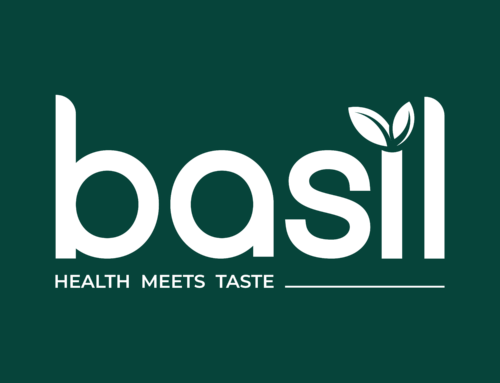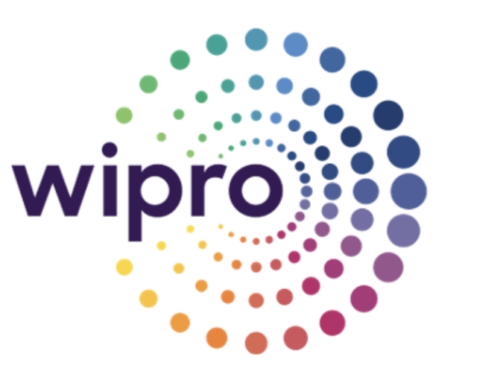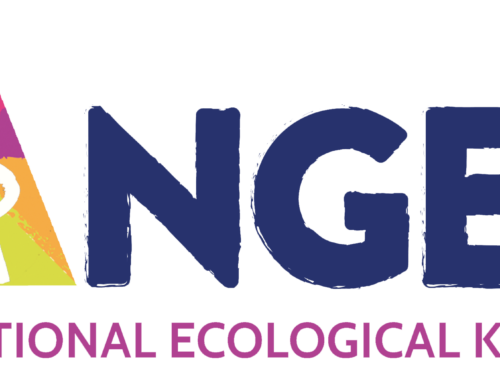Companies spend billions of dollars on programs promoting employee wellness, learning, productivity improvement, change programs, etc. The annual global spending on wellness and training programs is $360 billion1. Yet the ROI on these spends is abysmal. Data shows that for all the billions spent, just 23% of employees2 are engaged, only 25% of employees3 believe training programs help improve performance, and 70% of all change programs4 fail. Studies show that 2 in 3 employees5 think stress levels are higher today than they were 5 years ago.
So, how can companies improve the effectiveness and ROI of these critical spends? At Witmer, we believe a better understanding of employee needs through segmentation may hold the answer.
THE POWER OF SEGMENTATION
Most companies segment customers to develop customised offerings and boost sales. For instance, to tailor its marketing strategies, a retail company might segment its customers based on shopping habits, such as frequent shoppers, occasional shoppers, and bargain hunters.
Although segmentation is most often the first thing marketers apply, very few companies apply this same rigour to segment employees. By segmenting employees, companies can adopt customised approaches to engage different employee segments. For example, a better understanding of how different employees learn, such as visual learners, auditory learners, etc., will enable companies to tailor training programs.
Similarly, understanding employee workstyles, motivations, and behaviour will allow companies to develop customised programs that appeal to specific segments. This approach will increase engagement and productivity, thus boosting their effectiveness and ROI.
Exhibit 1: Current approaches to employee segmentation
INTRODUCING MIND-N: BOOST PRODUCTIVITY, DRIVE OUTCOMES
Our newly launched product, mind-n, is a mental productivity and wellness platform that will help companies keep their business-critical resources in peak form and drive tangible business outcomes. It incorporates a novel approach that segments employees using four parameters: their personality, thinking, learning, and working styles.
The four parameters yield deep, actionable insights into 30+ traits of individuals, which are then used to arrive at 4-6 distinct employee segments. A decision tree uses inputs from these parameters to segment employees. As mind-n’s usage grows, advanced AI models will refine the segmentation process and help companies define narrower, more actionable segments.
“Segmenting employees on mindsets results in a “more personalised, customised, and authentic” understanding of the workforce that can help focus dollars where they’re most impactful because people programs then have a direct emotional link to employee satisfaction.”
– MetLife, Building stronger engagement through employee segmentation
DRIVE ROI AND BUSINESS OUTCOMES WITH MIND-N
mind-n is more than just a segmentation tool. Within the mind-n are practical tools that can be directly applied to improve the wellness and productivity of specific employee segments. For instance, mind-n categorises employees into six distinct learning types based on their preferred learning styles. We’ve created tools tailored to each learning type to enhance their effectiveness, improving the ROI on L&D or training spending.
Exhibit 2: How mind-n helps managers become effective coaches
Similarly, our segmentation models identify four distinct employee workstyles and how these segments respond to stressors. These insights can be used in job design, matching employees to the right jobs, delivering targeted stress management interventions, and more. Stress management tools and programs in mind-n are tailored to the needs of these segments. Thus, employees can access hyper-personalised interventions that help them deal effectively with their stressors.
Exhibit 3: How mind-n helps companies deliver targeted stress management programs
Our ultimate goal is to enable all employee programs to be hyper-personalised and delivered in engaging formats through multiple channels – all designed for segments of one.
CREATING A CATEGORY IN A LARGE, GROWING GLOBAL MARKET
mind-n creates a new category by integrating existing solutions, such as those that improve employee productivity, engagement, and mental wellness, into one comprehensive offering. Thus, mind-n could disrupt how companies develop, target, and deliver employee programs to various segments.
Exhibit 4: Creating a new category with mind-n
Since mind-n’s USP is ‘boosting employee productivity and driving tangible business outcomes’, we have considered the global L&D market, which currently stands at ~$360 billion per year1. We do not have an estimate of spending on employee engagement, change management, and similar programs. A conservative estimate would be $450-500 billion per year. We have estimated a total market spending of 10% of this spending for 2023 –a TAM of $50 billion.
We don’t see a direct competitor in this space right now. However, as companies better understand the utility of a solution like the mind-n, more players will enter the market. And as the disruptive spread of AI grows and we take the mind-n to global markets, we expect the TAM to expand to $150-175 billion a year by 2030.
WHERE WE STAND TODAY
Since we launched mind-n in March 2024, we have received excellent customer response. It did take a few months for customers to understand and appreciate the new concept. However, since signing our first customer in July 2024, we have made rapid progress, with more customers joining and several pilots initiated.
Today, we are helping an edtech company build a best-in-class sales team, working with a large Indian multinational to modify employee mindsets to drive deep change, and supporting a French MNC to drive rapid business growth.
These are a few exciting ways mind-n drives tangible business outcomes for customers. In the days to come, we will take mind-n beyond Indian shores – starting with key markets in Asia and then to the US and Europe.
This growth will be powered by our increasingly sophisticated AI-driven segmentation models and hyper personalisation of content, content formats and delivery routes – catering to segments of one.
Founder and CEO, Witmer Health
References:
1 Sky Quest
2 Gallup
3 HBR
4 HBR
5 Korn Ferry







